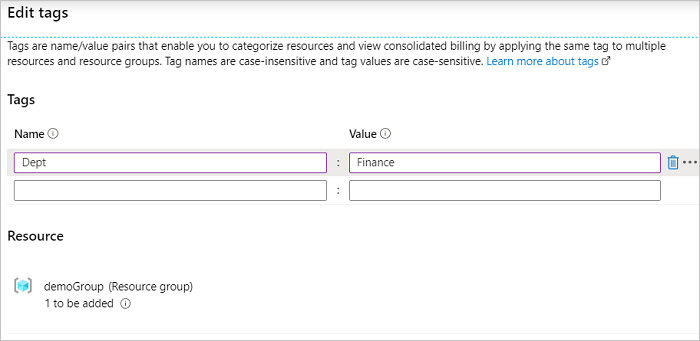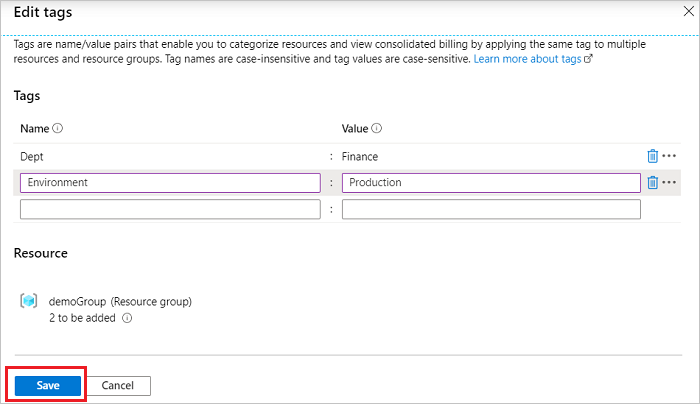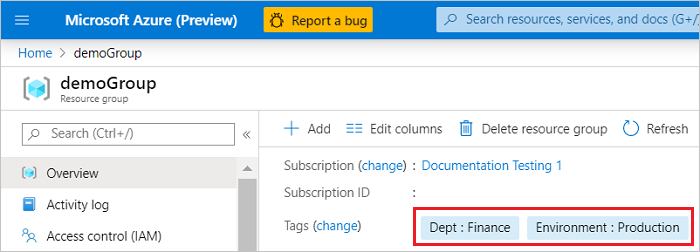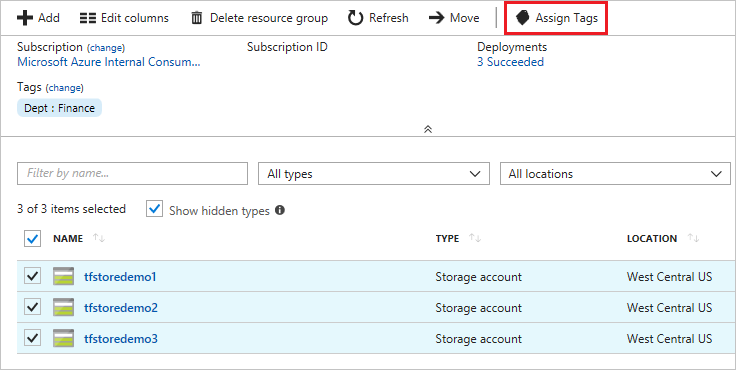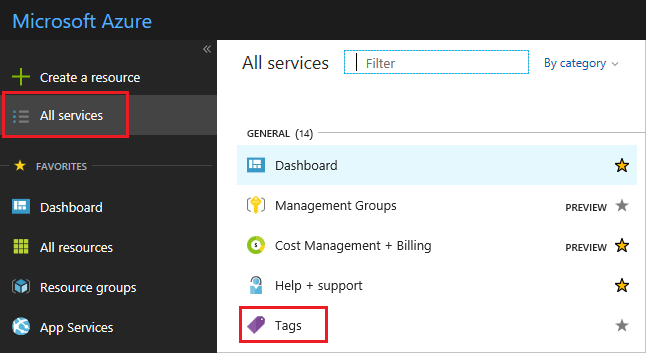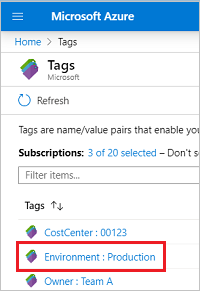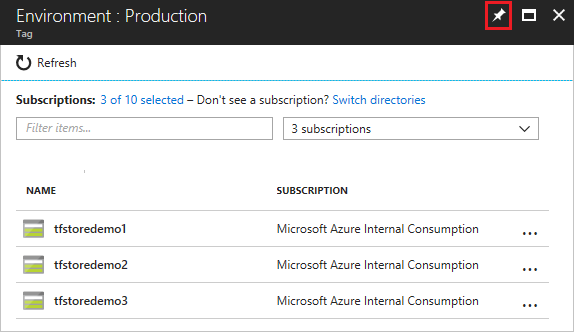Prevent unexpected charges with Azure billing and cost management
When you sign up for Azure, there are several things you can do to get a better idea of your spending:
- The pricing calculator can provide an estimate of costs before you create an Azure resource.
- The Azure portal provides you with the current cost breakdown and forecast for your subscription.
- If you want to group and understand costs for different projects or teams, look at resource tagging. If your organization has a reporting system that you prefer to use, check out the billing APIs.
- If your subscription was created from an Enterprise Agreement (EA), you can view your costs in the Azure portal. If your subscription is through a Cloud Solution Provider (CSP), or Azure Sponsorship, then some of the following features may not apply to you. For more information, see Additional resources for EA, CSP, and Sponsorship.
- If your subscription is a free trial offer, Visual Studio, Azure in Open (AIO), or BizSpark, your subscription is automatically disabled when all your credits are used. Learn about spending limits to avoid having your subscription unexpectedly disabled.
- If you've signed up for an Azure free account, you can use some of the most popular Azure services for free for 12 months. Along with the recommendations listed below, see Avoid getting charged for free account.
Get estimated costs before adding Azure services
Here is some additional information about estimating costs using the following tools:
- Azure pricing calculator
- Azure portal
- Spending limit
The images in the following sections show example pricing in US Dollars.
Estimate cost online using the pricing calculator
Check out the pricing calculator to get an estimated monthly cost of the service you're interested in. You can add any first party Azure resource to get an estimated cost. In the pricing calculator, you can change the currency type.
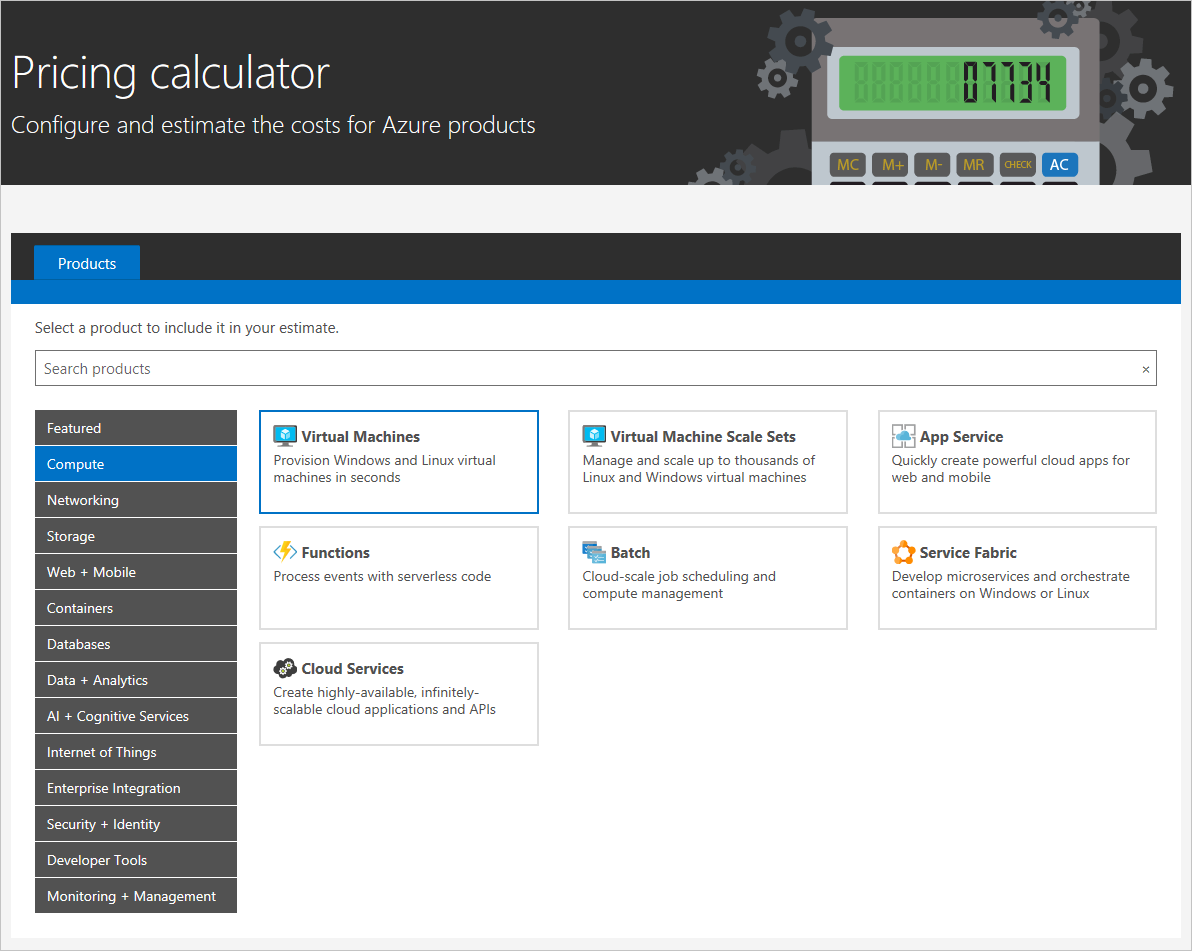
For example, in the pricing calculator, an A1 Windows Virtual Machine (VM) is estimated to cost a certain amount/month in compute hours if you leave it running the whole time:

For more information about pricing, see the Pricing FAQ. If you want to talk to an Azure salesperson, call the phone number shown at the top of the FAQ page.
Review estimated costs in the Azure portal
Typically, when you add a service in the Azure portal, there's a view that shows you an estimated cost per month in your billed currency. For example, when you choose the size of your Windows VM, you see the estimated monthly cost for the compute hours:
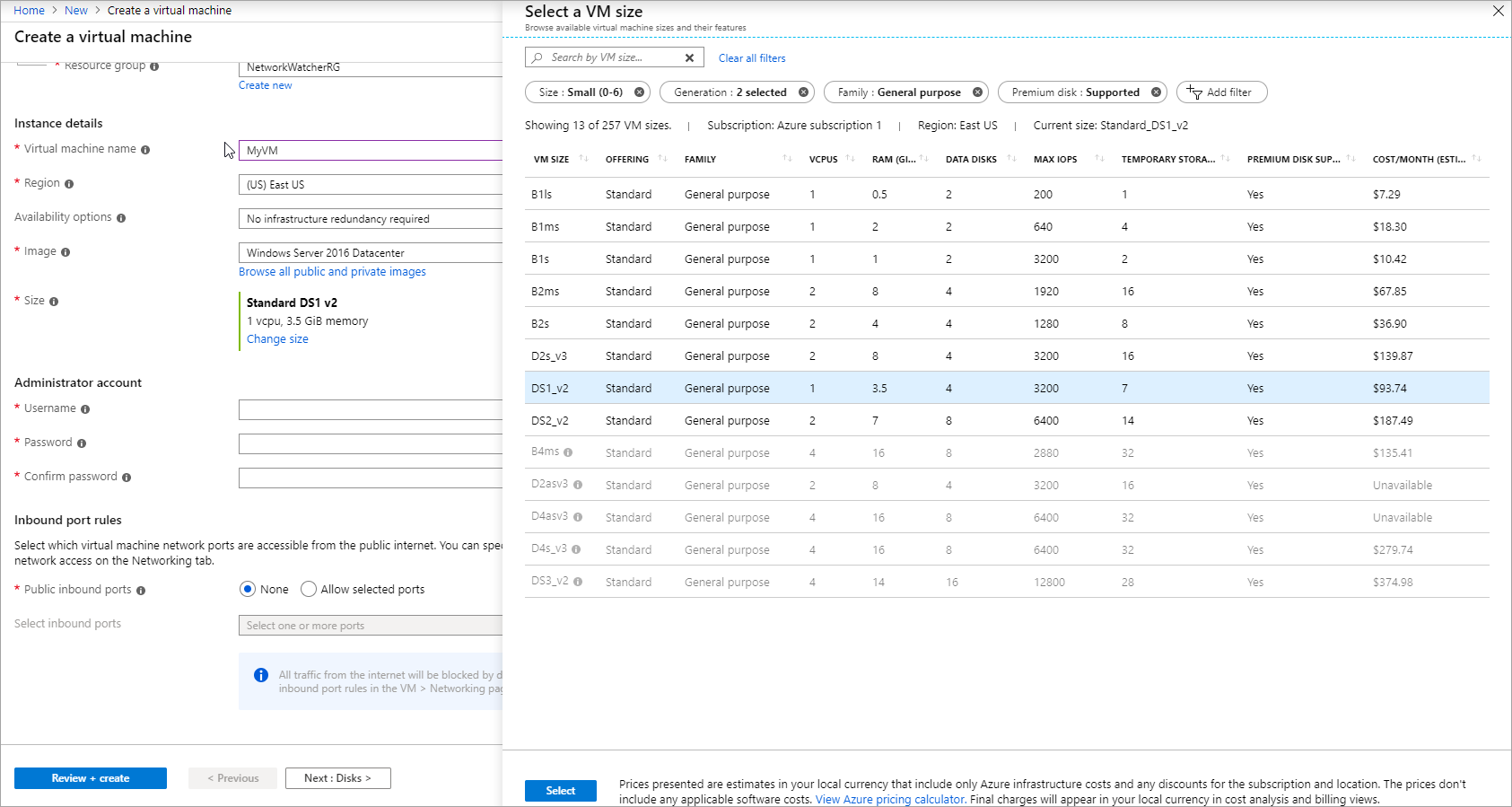
Check if you have a spending limit on
If you have a subscription that uses credits, then the spending limit is turned on for you by default. This way, when you spend all your credits, your credit card doesn't get charged. See the full list of Azure offers and the availability of spending limit.
However, when you reach your spending limit, your services get disabled. That means your VMs are deallocated. To avoid service downtime, you must turn off the spending limit. Any overage gets charged onto your credit card on file.
To see if you've got a spending limit on, go to the Subscriptions view in the Account Center. A banner appears if your spending limit is on, similar to the following:

Click the banner and follow the prompts to remove the spending limit. If you didn't enter credit card information when you signed up, you must enter it to remove the spending limit. For more information, see Azure spending limit – How it works and how to enable or remove it.
Use budgets and cost alerts
You can create budgets to manage costs and create alerts that automatically notify stakeholders of spending anomalies and overspending risks. Alerts are based on spending compared to budget and cost thresholds.
Monitor costs when using Azure services
You can monitor costs with the following tools:
- Tags
- Cost breakdown and burn rate
- Cost analysis
Add tags to resources to group billing data
You can use tags to group billing data for supported services. For example, if you run several VMs for different teams, then you can use tags to categorize costs by cost center (for example: HR, marketing, finance, etc.) or environment (for example: production, pre-production, test).

The tags show up throughout different cost reporting views. For example, they're visible in your cost analysis view right away and in the detailed usage CSV file after your first billing period.
For more information, see Using tags to organize your Azure resources.
Monitor cost breakdown and burn rate
After you have your Azure services running, regularly check charges. You can see the current spending and burn rate in the Azure portal.
- Visit the Subscriptions in the Azure portal and select a subscription.
- If it's supported for your subscription, you see the cost breakdown and burn rate.

- Click Cost analysis in the list one the left to see the cost breakdown by resource. After you add a service, wait 24 hours for the data to display.

- You can filter by different properties like tags, resource type, resource group, and timespan. Click Apply to confirm the filters and Download if you want to export the view to a comma-separated values (.csv) file.
- Additionally, you can click a resource to see your daily spend history and how much the resource costs each day.
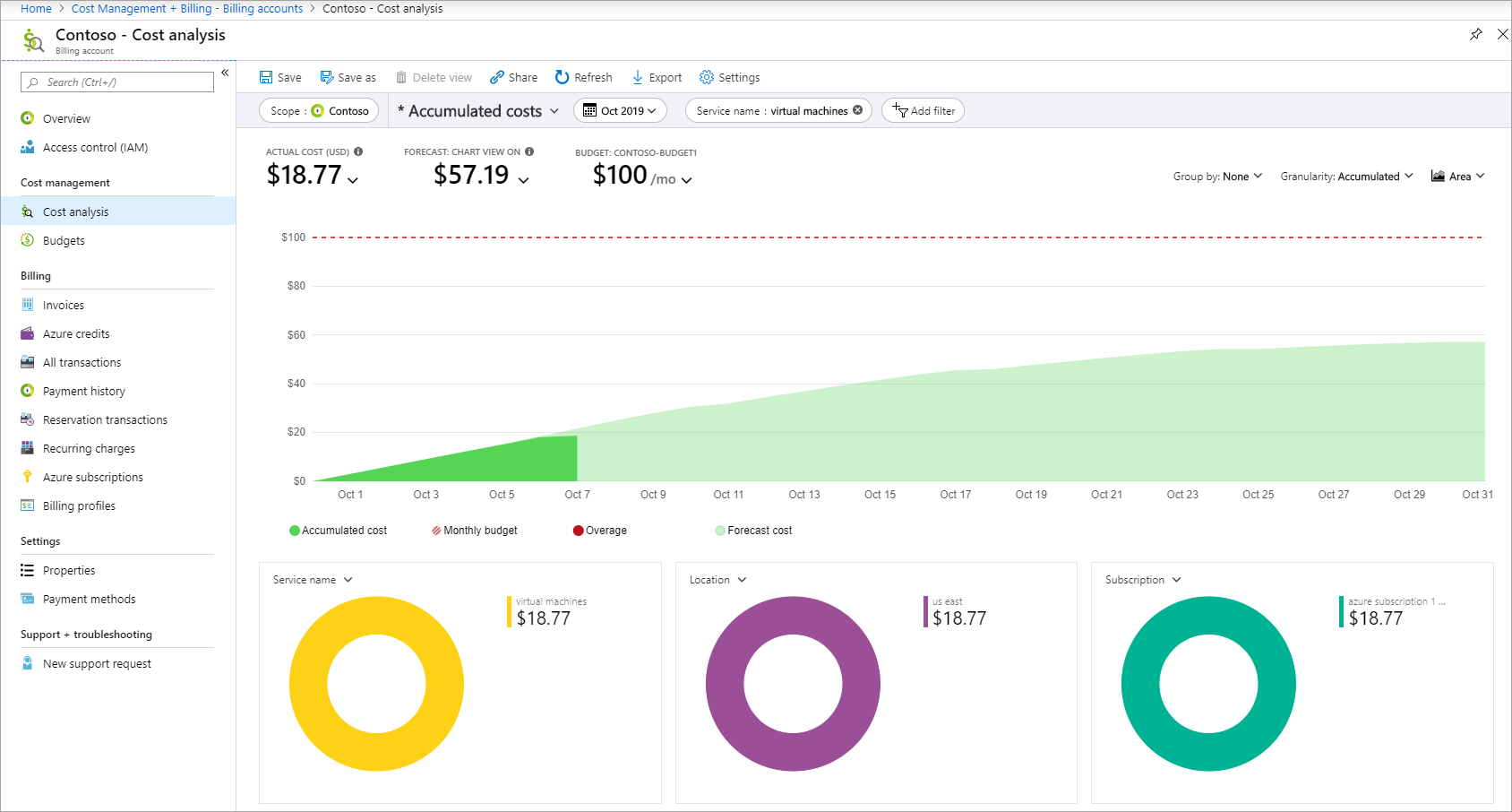
Compare the costs that you see with the estimates that you saw when you selected the services. If the costs are significantly different from the estimates, check the pricing plan that you've selected for your resources.
Optimize and reduce costs
If you're unfamiliar with the principles of cost management, read How to optimize your cloud investment with Azure Cost Management.
In the Azure portal, you can also optimize and reduce Azure costs with auto shutdown for VMs and Advisor recommendations.
Consider cost-cutting features like auto shutdown for VMs
Depending on your scenario, you can configure auto shutdown for your VMs in the Azure portal. For more information, see Auto shutdown for VMs using Azure Resource Manager.
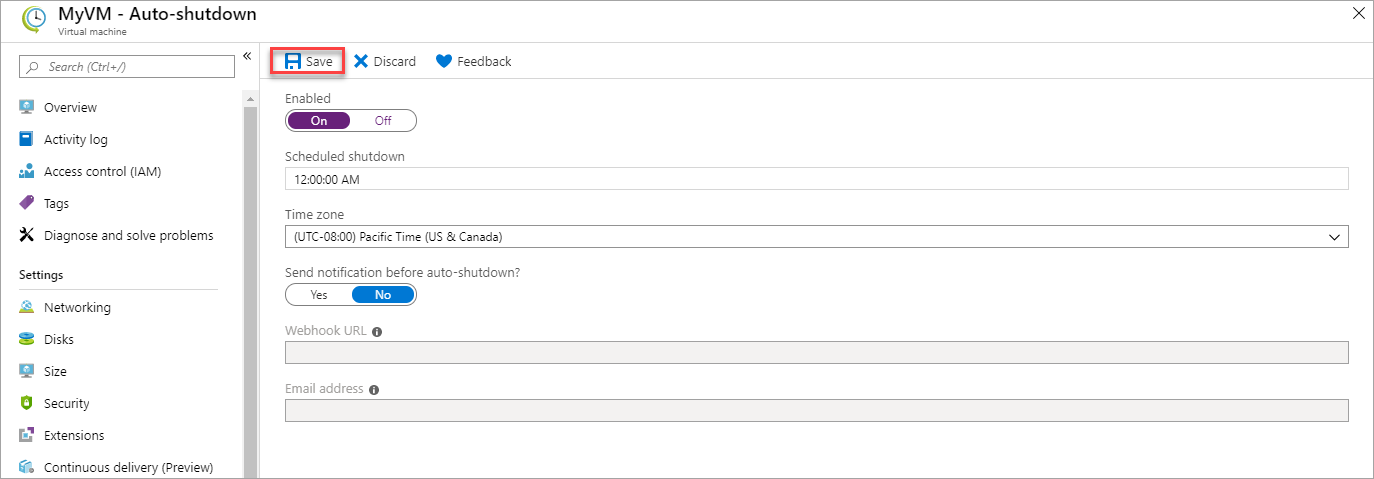
Auto shutdown isn't the same as when you shut down within the VM with power options. Auto shutdown stops and deallocates your VMs to stop additional usage charges. For more information, see pricing FAQ for Linux VMs and Windows VMs about VM states.
For more cost-cutting features for your development and test environments, check out Azure DevTest Labs.
Turn on and review Azure Advisor recommendations
Azure Advisor helps you reduce costs by identifying resources with low usage. Visit Advisor in the Azure portal:

You can get actionable recommendations in the Cost tab in the Advisor dashboard:

Review the Optimize costs from recommendations tutorial for a guided tutorial about cost-saving Advisor recommendations.
Review costs against your latest invoice
At the end of the billing cycle, your latest invoice is available. You can also download invoices and detailed usage files to make sure you were charged correctly. For more information about comparing your daily usage with your invoice, see Understand your bill for Microsoft Azure.
Billing API
Use the Azure billing API to programmatically get usage data. Use the RateCard API and the Usage API together to get your billed usage. For more information, see Gain insights into your Microsoft Azure resource consumption.
Additional resources and special cases
EA, CSP, and Sponsorship customers
Talk to your account manager or Azure partner to get started.
If you're managing IT for a large organization, we recommend reading Azure enterprise scaffold and the enterprise IT white paper (.pdf download, English only).
Enterprise Agreement cost views in the Azure portal
Enterprise cost views are currently in Public Preview. Items to note:
- Subscription costs are based on usage and don't include prepaid amounts, overages, included quantities, adjustments, and taxes. Actual charges are computed at the Enrollment level.
- Amounts shown in the Azure portal might be different than what's in the Enterprise portal. Updates in the Enterprise portal may take a few minutes before the changes are shown in the Azure portal.
- If you aren't seeing costs, it might be for one of the following reasons:
- You don't have permissions at the subscription level. To see enterprise cost views, you must be a Billing Reader, Reader, Contributor, or Owner at the subscription level.
- You're an Account Owner and your Enrollment Administrator has disabled the "AO view charges" setting. Contact your Enrollment Administrator to get access to costs.
- You're a Department Administrator and your Enrollment Administrator has disabled the DA view charges setting. Contact your Enrollment Administrator to get access.
- You bought Azure through a channel partner, and the partner didn't release pricing information.
- If you update settings related to cost access in the Enterprise portal, there's a delay of a few minutes before the changes are shown in the Azure portal.
- Spending limit, and invoice guidance don't apply to EA Subscriptions.
Check your subscription and access
To view costs, you must have subscriptions-level access to billing information. Only the Account Admin can access the Account Center, change billing information, and manage subscriptions. The Account Admin is the person who went through the sign-up process. For more information, see Add or change Azure administrator roles that manage the subscription or services.
To see if you're the Account admin, go to Subscriptions in the Azure portal. View the list of subscriptions and find My role. If Account admin is the role, then you have full privileges. If it says something else, like Owner, you don't have full privileges.

To manage subscriptions and change billing info, find the Account Admin. Ask the Account Admin to complete the tasks or transfer the subscription to you.
If your Account admin is no longer with your organization and you need to manage billing, contact us.
Request a Service Level Agreement credit for a service incident
The Service Level Agreement (SLA) describes Microsoft’s commitments for uptime and connectivity. A service incident is reported when Azure services experience an issue that impacts uptime or connectivity, often referred to as an outage. If we do not achieve and maintain the Service Levels for each service as described in the SLA, then you might be eligible for a credit towards a portion of your monthly service fees.
To request a credit:
- Sign-in to the Azure portal. If you have multiple accounts, make sure that you use the one that was affected by Azure downtime.
- Create a new support request.
- Under Issue type, select Billing.
- Under Problem type, select Refund Request.
- Add details to specify that you’re asking for an SLA credit, mention the date/time/time-zone as well as the impacted services (VMs, Web Sites, etc.)
- Verify your contact details and select Create to submit your request.
SLA thresholds vary by service. For example, the SQL Web Tier has an SLA of 99.9%, VMs have an SLA of 99.95%, and SQL Standard Tier has an SLA of 99.99%.
For some services, there are prerequisites for the SLA to apply. For example, virtual machines must have two or more instances deployed in the same Availability Set.
For more information, see Service Level Agreements and the SLA summary for Azure services documentation.


